Note-Taking: Research Round-Up
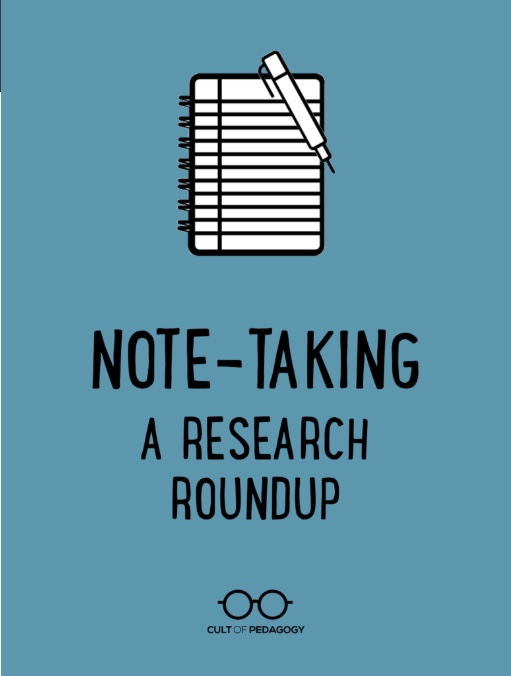
We all have our own half-baked ideas about what makes one note-taking approach better than another, but if we’re going to call ourselves professionals, we need to know what the research says…
“Two Things”: A Quick, No-Quiz Retrieval Strategy

How can we use retrieval practice to break up our lessons, quickly and easily, without pausing to facilitate class discussion or collect papers? Try “Two Things”…
Brain Dumps: A Small Strategy with a Big Impact
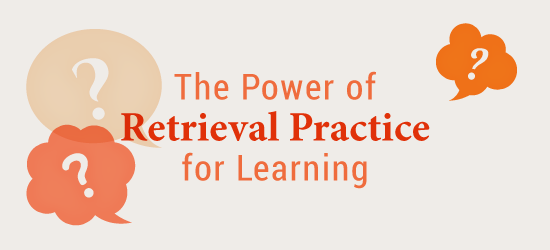
Here’s a small strategy that makes a big impact on student learning – based on decades of cognitive science research. In scientific lingo, we call it “free recall.” Free recall is also known as a “brain dump,” “show what you know,” and a “stop and jot.” Here’s how it works…
Make It Stick: 4 Powerful Teaching Strategies Based on the Science of Learning
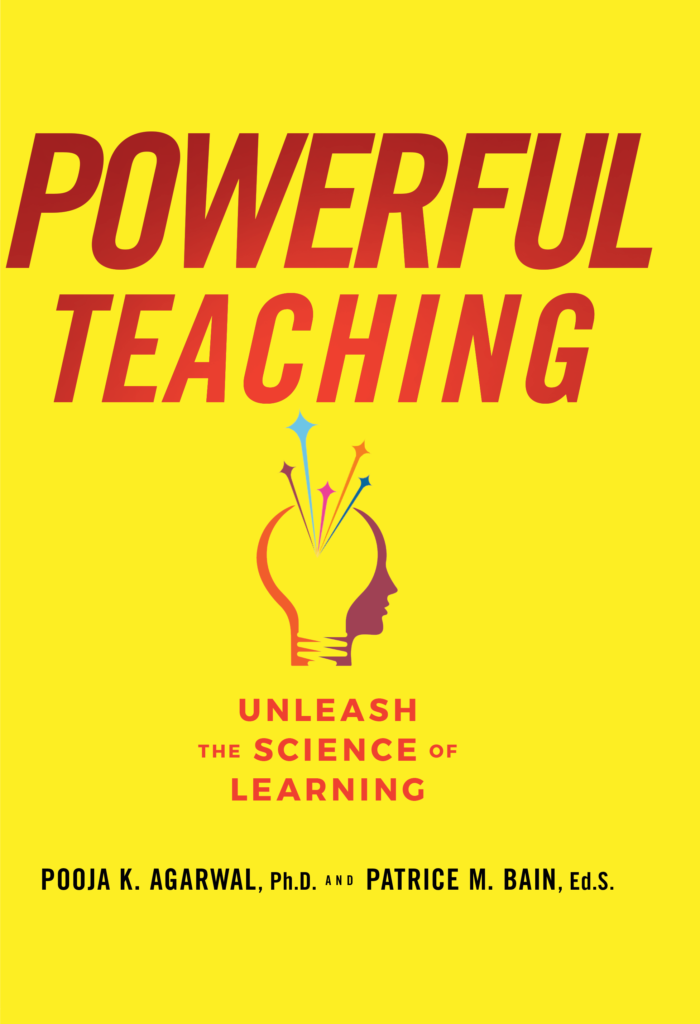
Over the past few decades, cognitive scientists have been trying to pinpoint exactly which activities work best for storing concepts in long-term memory. Until now we haven’t gone very deep into what these strategies look like in the classroom…
How to Build a Better Slideshow
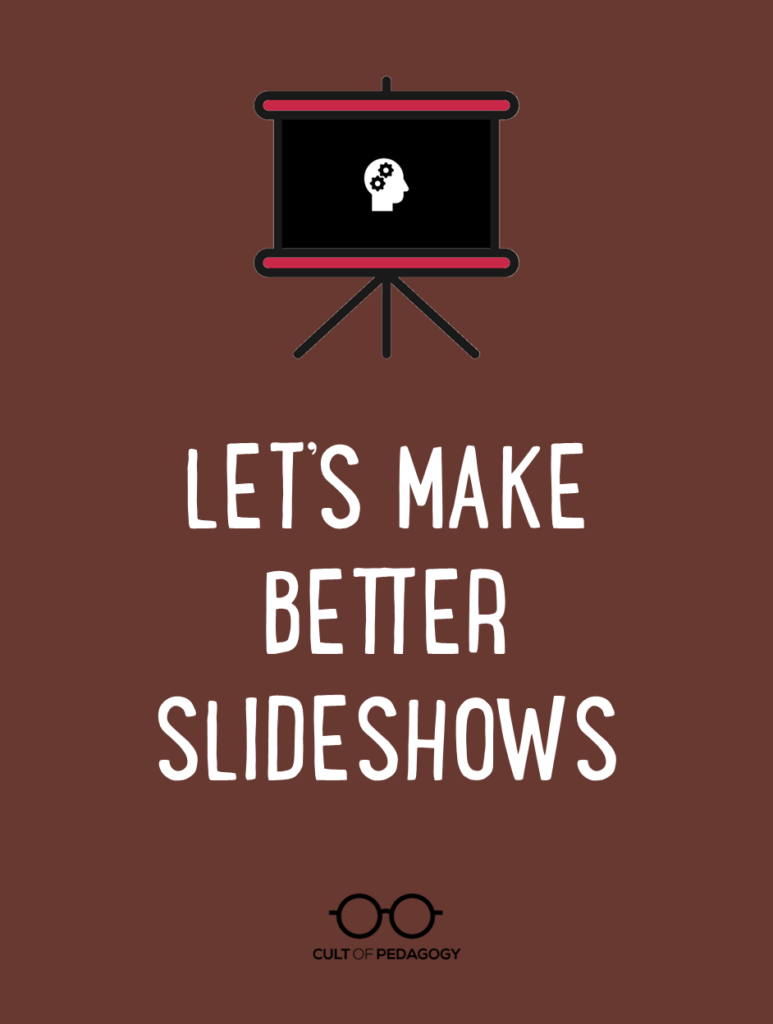
Far too many PowerPoints and other slideshow presentations (by students AND teachers) are suffering from some very fixable problems. Here are six things you can do to make your slideshows better….
Tech Tools for Mind Mapping
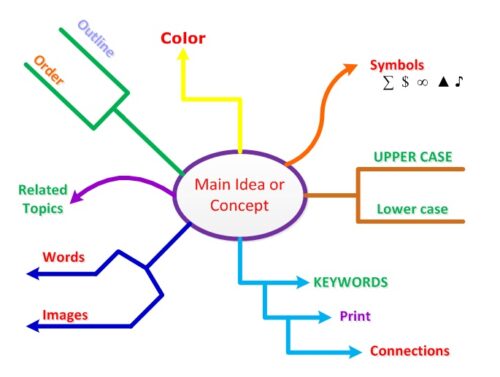
Graphic organizers, or “mind maps,” make thinking visual, organizing concepts in a way that shows how they are related. The tools presented here make it possible to create these organizers, or mind maps, with text, images, videos, and links to outside sources, making them a rich multimedia experience. They also allow multiple users to work on the same map simultaneously, even from different locations.
10 Review Activities for Any Unit
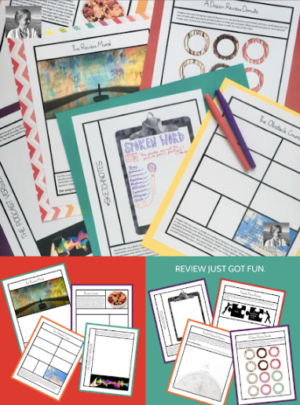
It’s easy for review to get a little mundane, quickly going back over everything through a teacher-led Powerpoint or silent study with flashcards. But there are lots of other options. Here are ten easy ideas to get your students thinking back clearly and creatively…
SOAPSTone Analysis: Essay Planning
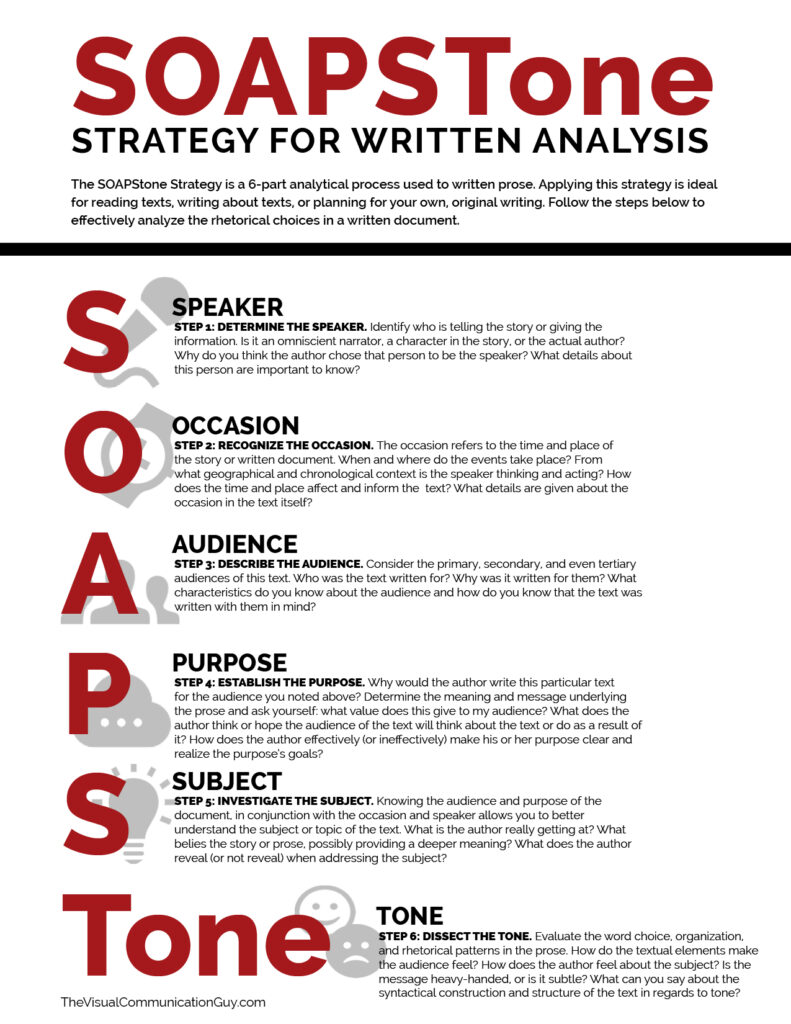
Good composition, whether written, spoken, or drawn, is carefully planned. This composition has integral parts that work together in a complex and subtle arrangement to produce meaning. SOAPSTone provides a concrete strategy to help students identify and use these central components as a basis for their own writing…
Infographics Project
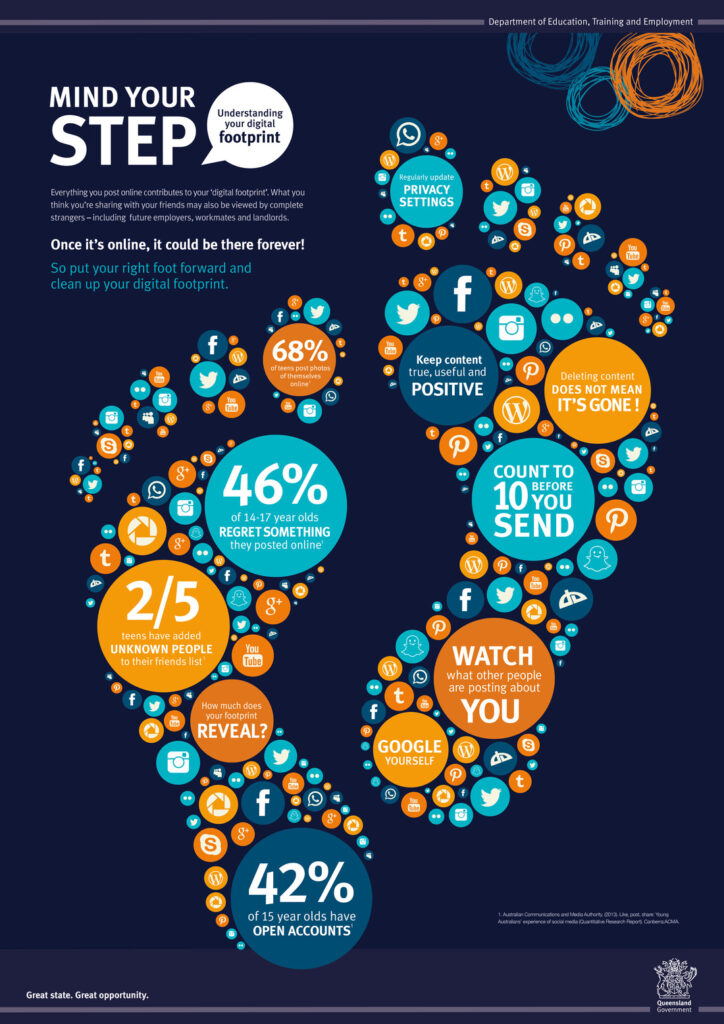
A good infographic can distill a concept so clearly. Take a hugely complex issue and boil it down to a beautiful display of the most important stats, facts, quotations, and images. Creating an infographic is the work of an artist, a writer, a researcher, and a critical thinker. It is an ideal medium for our students…
Exit Ticket Sorting Bins
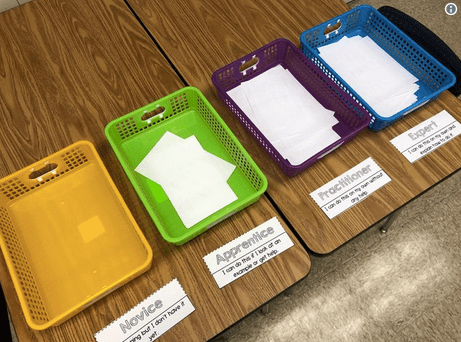
Having students self-sort their exit tickets according to their confidence level with the knowledge or skill being assessed adds a metacognitive component to the formative assessment. This not only builds student’s reflective and self-assessment skills, but also cuts down on the time it takes teachers to evaluate exit tickets…
Getting Started with Genius Hour
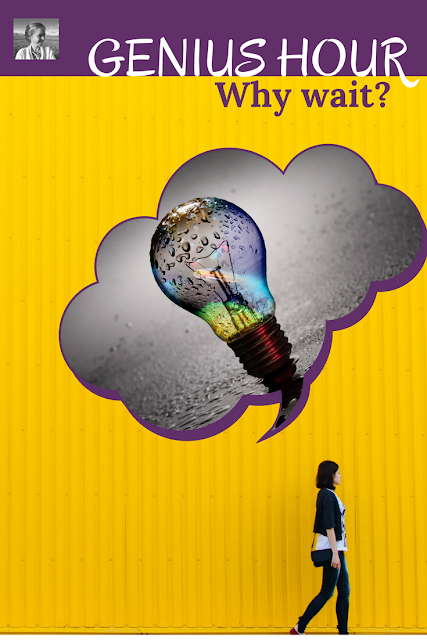
Do you find yourself searching for that one project that would truly engage your students? That would empower them to explore their passions? Do you sometimes feel that despite the many ways you are trying to creatively engage them, you just can’t reach everyone? Enter, genius hour. 20% time. Passion projects…
Sketchnoting
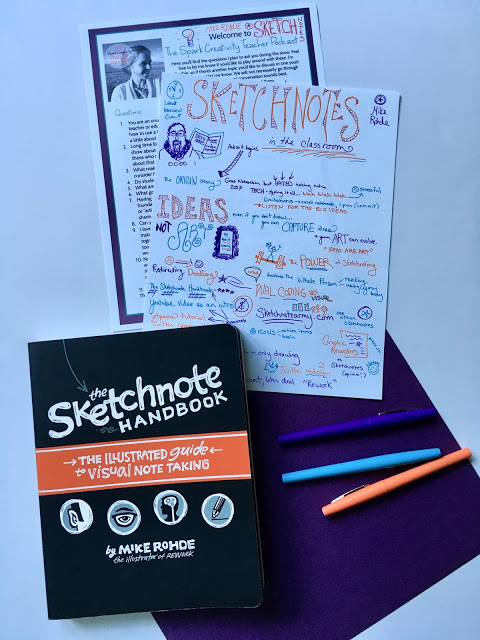
Sketchnotes are like one-pagers that you create on the fly, making your choices rapidly as you process information and get what really matters down onto your notes through a combination of pictures and words…
A Better Table Summary
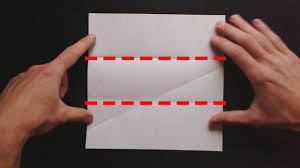
This activity allows students to process the most essential elements of the day’s lesson. They create a summary, combine summaries, and critically analyze their peers’ summaries to come up with better summaries of the day’s lesson.
A-Z Sentence Summary
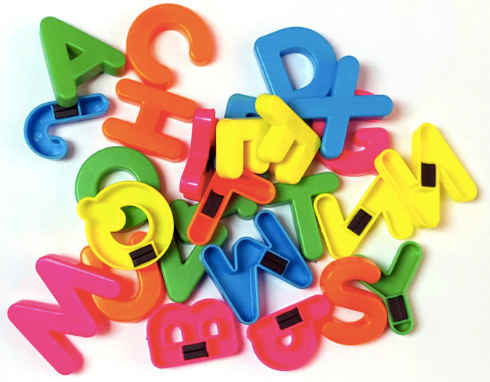
In this activity, students use alphabet refrigerator magnets to create a Chalkboard Splash review. At the end of a lesson, students choose magnetic letters, attach these to the whiteboard, and write their one-sentence summaries on the board. This activity is a great wrap-up to almost any lesson, enabling students to share and contribute to a larger-scale whole-class summary.
Three-Sentence Wrap Up
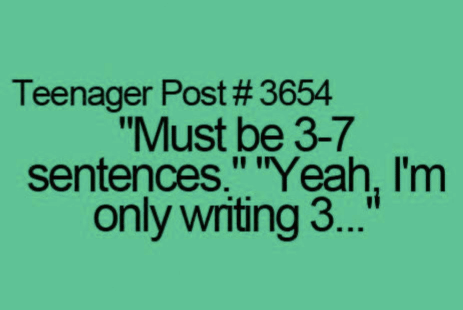
By asking students for Three-Sentence Wrap-Ups, you eliminate their tendency to add every peripheral item discussed in your lesson. Students have to be selective, determine what is most important, and then succinctly sum it up. Having to summarize something lengthy, in three sentences or fewer, can be a bit of a challenge.
The Biggest Aha Quick-Write

The Biggest Aha Quick-Write is a quick, versatile activity that can provide closure to almost any lesson. It allows you to capture what students feel are their most important insights learned from your lesson in just a few minutes of class time.
One Word Summary
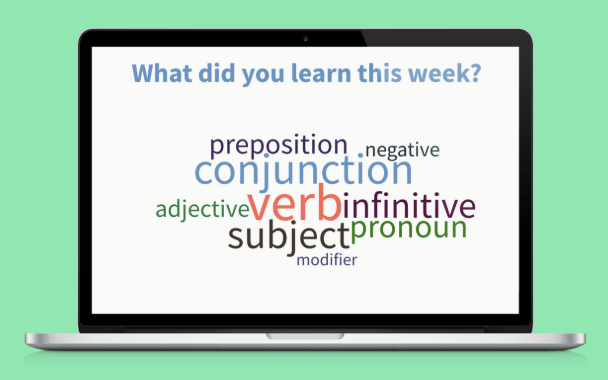
One-Word Summaries to allow students to summarize the essence of the content presented that day using just one word. The teacher then circulates around the room asking for explanations or clarifications. This activity is versatile, brief, and can be used without much planning.
IQ Cards (Insight & Question)
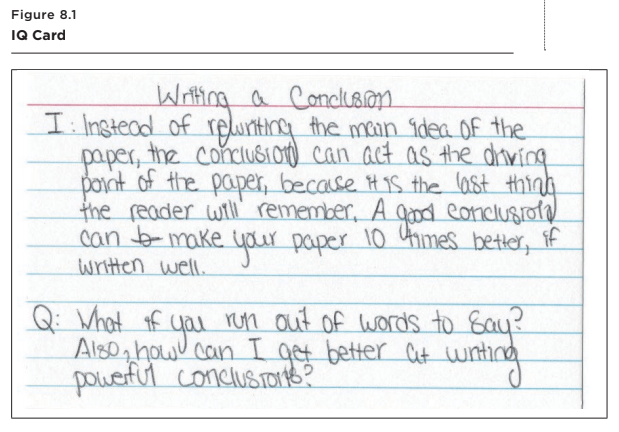
IQ Cards allow all students to share two things: an insight (I) and a question (Q). They also allow all students to read one another’s insights and questions in a collaborative final step. These work well wtih difficult-to-test concepts that are measured by bigger-picture understandings. Examples might include historical conflicts and inequities, human responsibility, climate change, conservation, and controversial readings.
Pause, Star, Rank
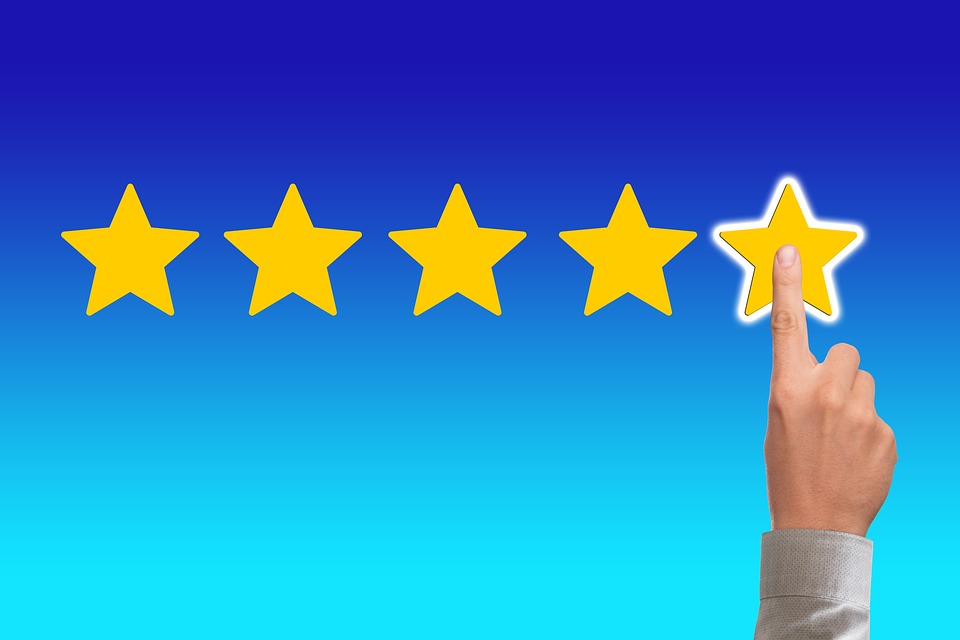
This activity allows students to review their notes while the concepts are
still fresh in their minds. They can clarify what they wrote while they still remem-
ber why they wrote it. They also can encode their notes with stars to indicate the most important concepts, and then numbers indicating the ranking of the three most important points.
Lecture T-Chart
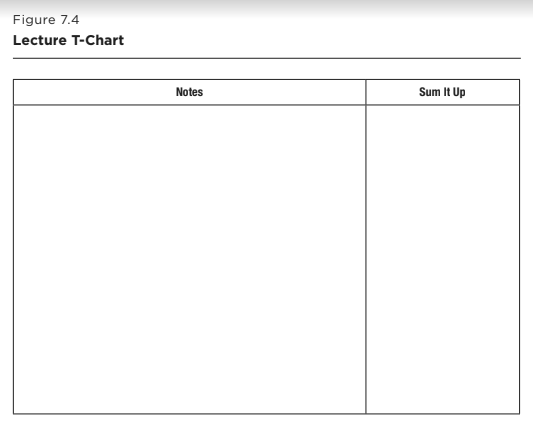
A Lecture T-Chart can be very useful to students by allowing them to review their notes and sum them up on the right-hand side of the T-chart using words or a Quick-Draw.
